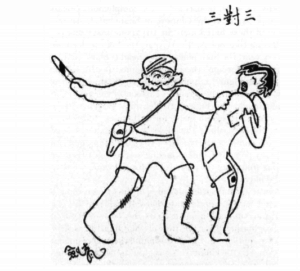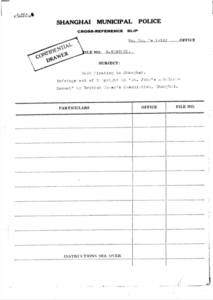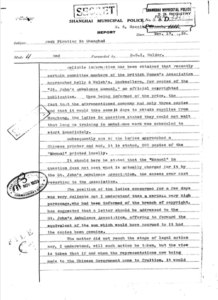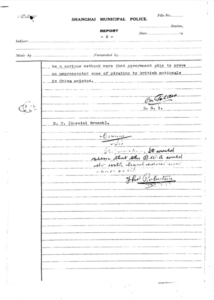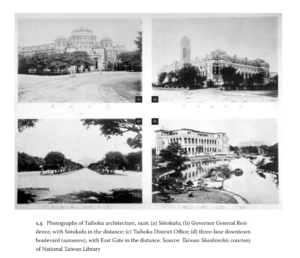Following the bubonic plague that struck Hanoi in 1903, the colonial administration was forced to recognise its failures to both destroy the rat problem endemic in Hanoi. Hanoi, expected to be the hygienic triumph of French colonialism was in fact a medical crisis. Furthermore, the Vietnamese had begun to ‘experiment with a form of collective labour action’ and by 1904 had quadrupled their pay. In addition to this Vietnamese residents not in the extermination teams were able to exploit the bounty system put in place by the colonial administration by cutting the tails off rats and allowing them to continue to breed. As Michael Vann concludes, it is ‘one of the rich ironies that characterize the history of French colonialism. However, similar ironies and resistance to colonial medicine were not limited to the history French colonialism.
In colonial Hong Kong, the Chinese residents of Hong Kong rioted when the British imposed house-to house inspections during plagues and over a third of the Chinese population left Hong Kong because of the anti-plague measures. Another notable example can be seen in the turmoil created in Korea following Japanese attempts to ‘sanitize’ Seoul whereby the Seoul Sanitation Association (SSA) attempted to monopolise the collection of night soil, garbage and took responsibility for the ‘overall salubriousness’ of the urban environment. However, despite the best intentions of the Japanese, the venture was a disaster. Koreans uprooted willow trees meant for sanitation due to their need for firewood, garbage and waste was not removed and the new sanitation system was so disruptive that by 1909 the SSA was forced to allow displaced Korean fertiliser merchants to use its equipment to help alleviate the massive shortage of night soil needed by farmers in the vicinity of Seoul. Despite the draconian measures such as harsh fines and imprisonments put in place to attempt to force Koreans to comply to the system of reform, the Japanese were unable to make the Koreans ever fully commit to their hygienic reforms and practices. The problem of epidemics remained an issue throughout the occupation, and arguably indicates another example of a failed attempt at sanitation that in face worsened the sanitation of Koreans in Seoul at the time.
However, the clash between predominantly Western notions of sanitation and health with traditional thought was not always resisted as was the case in the treaty port of Tianjin. Rogaski observes that with the arrival of imperialism Chinese notions of Weisheng or ‘hygiene’ shifted from ideas of diet, meditation and cosmology to encompass more ‘modern’ conceptions such as cleanliness of bodies, Western practices of hygiene and medicine. Although this is possibly due to the unique position of the treaty port as a space when compared to a colonised city, it is nonetheless a notable case in which Western ideals were largely accepted by the Chinese elites in the city.
Ultimately, if one were to examine additional colonial undertakings in order to improve the hygiene or sanitation of the colonial cities, it is likely that resistance and failure were the primary outcomes. However, in cases where Western interpretations of Hygiene are not imposed upon the colonised, the same strategies and developments can be seen as an important form of modernisation.
